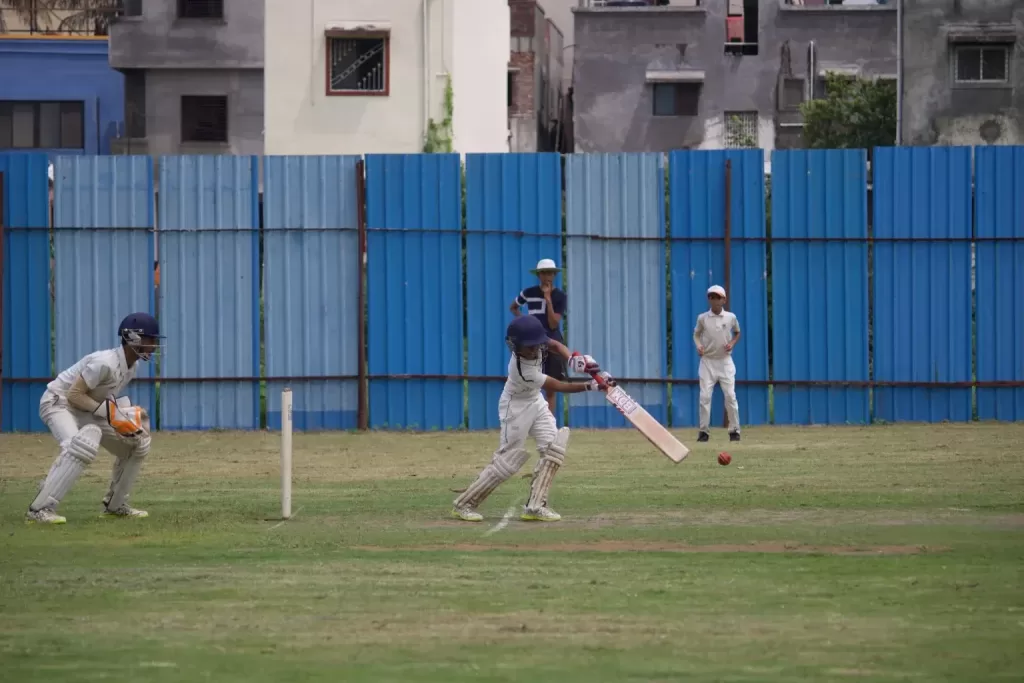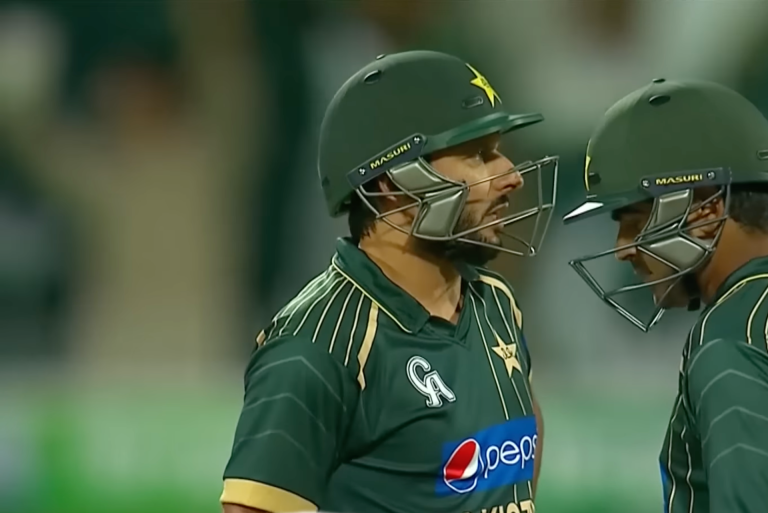An Ultimate Guide To Cricket Rules – A Comprehensive Overview
Millions of fans worldwide play and follow cricket, making it a beloved sport. To truly appreciate the game and engage in spirited discussions, it is essential to have a solid understanding of cricket rules.
In this comprehensive guide, we will delve into the intricacies of cricket rules. We will also be shedding light on the fundamental aspects that govern the game.
Understanding the Basics of Cricket Rules
Cricket, at its essence, involves two teams engaging in a bat-and-ball game. The objective is to score more runs than the opposing team while defending your wickets. Cricket rules provide the framework for fair play, ensuring that the game remains captivating and competitive.
Essential Cricket Rules
To gain an understanding of cricket, it is crucial to familiarize ourselves with the essential cricket rules that shape the game. Let’s explore these cricket rules below:
1. Number of Players in a Cricket Team
In cricket, each team consists of eleven players. This includes specialist batsmen, bowlers, an all-rounder, and a wicketkeeper. The composition of the team allows for a balanced combination of skills and expertise. It ensures an exciting contest between bat and ball.
2. Overs and the Number of Balls in an Over
Cricket is played in units called “overs.” An over consists of six deliveries, or balls, bowled consecutively by a single bowler. After the completion of an over, the next bowler from the same team takes over. This rotational system ensures that different bowlers have an opportunity to showcase their skills. This helps in maintaining the flow of the game.
3. Ways to Score Runs in Cricket
Scoring runs is at the heart of cricket, and there are several ways to accumulate them:

Getting Out Cricket Rules: The Twelve Ways
The ultimate objective for the fielding team is to get a batsman out in cricket. Let’s explore how a batsman can be dismissed in twelve different ways:
- Bowled: When the bowler delivers a ball that hits the stumps and dislodges the bails, the batsman is bowled out. This can happen if the ball hits the stumps directly or after hitting the batsman’s bat or body.
- Caught: If the batsman hits the ball in the air and a fielder catches it before it touches the ground, the batsman is caught out. The fielder must hold the catch cleanly within the fielding boundaries.
- LBW (Leg Before Wicket): If the ball strikes the batsman’s leg before hitting the bat, and the umpire deems it would have gone on to hit the stumps, the batsman is given out LBW. This dismissal often involves careful consideration of the ball’s line of delivery and its impact on the stumps.
- Run Out: A run-out occurs when a fielder dislodges the bails with the ball while the batsmen are attempting to run between the wickets. It can happen if a fielder throws the ball accurately to hit the stumps. Runout also happens if a fielder collects the ball and removes the bails while the batsman is out of the crease.
- Stumped: If the batsman leaves the crease to play a delivery and misses, and the wicketkeeper collects the ball and removes the bails before the batsman returns to the crease, the batsman is stumped.
- Hit wicket: If the batsman, while attempting a shot, accidentally hits the stumps with the bat or any part of their body and dislodges the bails, they are out hit wicket.
- Handled the ball: If a batsman deliberately handles the ball without the permission of the fielding team, they are dismissed. It is a rare form of dismissal. It occurs when the batsman intentionally touches the ball with their hand. Additionally, if it is used to prevent the ball from hitting the stumps.
- Obstructing the field: If a batsman deliberately obstructs a fielder’s attempt to run them out or prevent a catch, they can be given out obstructing the field. This dismissal requires an intentional act of obstruction.
- Timed out: If a batsman takes an excessive amount of time to arrive at the crease after the previous dismissal, they can be given out timed out. This dismissal is rare and occurs when the incoming batsman fails to arrive within the prescribed time limit.
- Mankaded: A Mankad dismissal occurs when a bowler runs out the non-striking batsman before delivering the ball, while the batsman is out of the crease. The cricketing community named this dismissal after the Indian cricketer Vinoo Mankad.
- Retired out: A batsman can voluntarily retire during an inning. This usually occurs due to injury, illness, or strategic team decisions.
- Time out: If the batting side exceeds the allocated time for innings, they can be dismissed by the umpire for time out. This is a rare form of dismissal. It occurs if the batting team fails to complete their innings within the specified time limit.
These dismissals add excitement and uncertainty to the game, making every delivery and decision crucial.
Fielding and Bowling Cricket Rules
In cricket, fielding and bowling play crucial roles in the game. Let’s explore the fielding and bowling cricket rules:
1. Fielding regulations Cricket Rules

These include:
2. Bowling regulations Cricket Rules

These include:
Understanding the fielding and bowling regulations is crucial for both fielders and batsmen, as it helps maintain fairness and ensures that the game is played within the defined boundaries and cricket rules.
Frequently Asked Questions (FAQs)
Q1: What are the cricket rules?
Answer: Cricket rules are a set of regulations governing the game, covering aspects such as gameplay, scoring, dismissals, fielding positions, and more.
Q2: How many basic rules are there in cricket?
Answer: Cricket has a comprehensive set of rules, but the fundamental principles revolve around scoring runs, getting the opposition out, and fair play.
Q3: How many players are on a cricket team?
Answer: A cricket team consists of eleven players, each playing a specific role in the game.
Q4: How many balls are in one over?
Answer: A single bowler bowls six balls consecutively to complete one over in cricket.
Q5: How many wickets are all out?
Answer: When a team loses all ten wickets, they consider themselves all out.
Q6: How many fouls are there in cricket?
Answer: Cricket does not have fouls like in some other sports. However, there are instances of illegal actions such as no ball and wides that result in penalties.
Q7: What are the rules for T20 cricket?
Answer: T20 cricket has its own set of rules, including limitations on the number of overs per side, powerplay restrictions, and fielding restrictions.
Q8: What is the cricket pitch length?
Answer: The standard cricket pitch length measures 22 yards or 20.12 meters, from one set of stumps to the other.
Conclusion
Cricket rules form the backbone of the game, providing structure and fairness to the sport loved by millions worldwide. By familiarizing ourselves with the fundamental rules, we can appreciate the strategic nuances, thrilling moments, and legendary performances that make cricket a captivating spectacle.
So, whether you are a seasoned cricket enthusiast or a newcomer to the game, understanding the cricket rules will enhance your enjoyment. It will allow you to actively participate in the cricketing conversations that span the globe.
So, grab your bat, put it on your pads, and immerse yourself in the captivating world of cricket.




